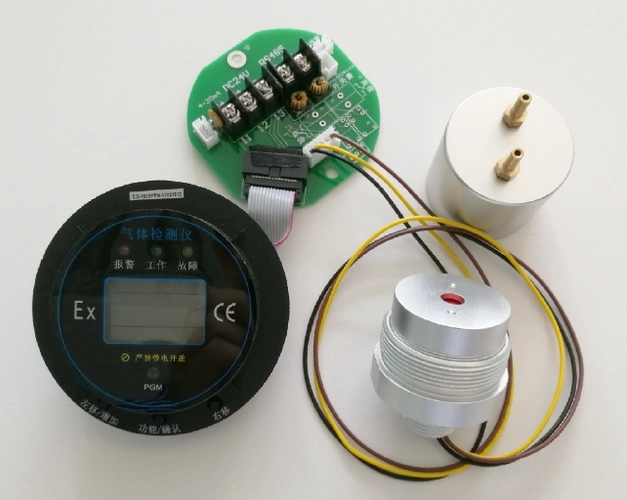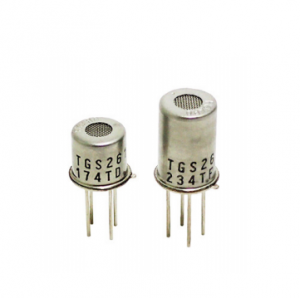With the rapid development of urbanization and industrial production, the use of gas continues to grow. Therefore, safety issues have become particularly important in the production, storage, transportation and other aspects of gas. Gas is mainly divided into two categories: one is industrial gas, used for industrial production; the other is city gas, used by urban residents.
Gas media mainly include crude oil, light oil, liquefied gas and other flammable, explosive, volatile and prone to static electricity accumulation fluids. Some gases also contain toxic substances. Once a leak occurs, it will not only lead to a large loss of oil products, but may also cause fires, explosions and other malignant disasters, causing casualties and property losses.
As a new energy source, gas has been popularized in thousands of households. However, if it is not used correctly, installed or used with insufficient awareness, and gas leakage cannot be monitored in real time, it may bring serious hidden dangers to people’s lives and safety.
As a kind of living energy, liquefied gas is widely used in homes, restaurants and other places. Since liquefied gas tanks are flammable and explosive, improper operation or exposure to open flames may cause explosions. In recent years, liquefied petroleum gas accidents have occurred frequently in catering operations and residential buildings, and the lessons have been profound.
Liquefied gas tanks store liquefied petroleum gas, which is heavier than air and will settle in low-lying areas and float in the wind after release. When the leaked gas reaches a certain concentration in a specific space, it will explode immediately when encountering an open flame. Liquefied gas tanks are special equipment, made of steel, and have certain pressure resistance. The pressure inside is very high when it is filled with liquefied gas, so extreme care must be taken during operation. Gas and liquefied gas safety solutions Among alarms used in the industrial and commercial fields, catalytic combustion gas sensors are usually used to monitor the leakage of flammable gases such as natural gas, liquefied gas, and coal gas. Catalytic combustion gas sensors are currently widely used in the world. They have fast response speed. Up to the lower explosion limit concentration (LEL), the output of the sensor is almost proportional to the gas concentration, so the accuracy and repeatability are very high. It is suitable for industrial and commercial gas, Concentration detection of flammable gases such as liquefied petroleum gas, coal gas, and alkanes.
Gongcai.com recommends a catalytic combustion combustible gas sensor TGS6814-D01 . This is a combustible gas sensor imported from Japan. The alarm made by TGS6814-D01 can fully comply with the standard GB15322.1-2619. TGS6814-D01 has much better long-term stability, anti-interference, anti-poisoning, and anti-drop performance than similar products on the market, and its power consumption is also lower.
Among combustible gas alarms in the household and civil fields , the core component of the liquefied gas leak alarm is the sensor used to detect liquefied gas leaks. The FAE technical engineer of Gongcai.com recommends a liquefied gas leak detection sensor TGS2618-D00 . This sensor is specially developed for detecting liquefied gas. TGS2618-D00’s performance in terms of resistance to poisoning, resistance to high-concentration submersion, and resistance to falling fully complies with the requirements of the new national standard GB 15322, and is very suitable for liquefied gas leak detection.
At the same time, among natural gas leakage alarms, we recommend a civilian combustible gas sensor TGS2619 . This is a semiconductor-based natural gas sensor imported from abroad. TGS2619 complies with the new national standards in terms of resistance to poisoning, resistance to high-concentration flooding, and resistance to falling. It has the characteristics of long service life, stable long-term performance, quick response, small size, and low power consumption . It also has good sensitivity to flammable gases such as propane, butane, and alcohol. It can detect not only natural gas but also liquefied gas . , lighter gas and other gases, very suitable for use in home gas alarms.
productsmenu
cindy@justwellcenter.com+86 13376981664
You are here:
- Home
- Company News
- Sensors protect industrial, commercial and…






